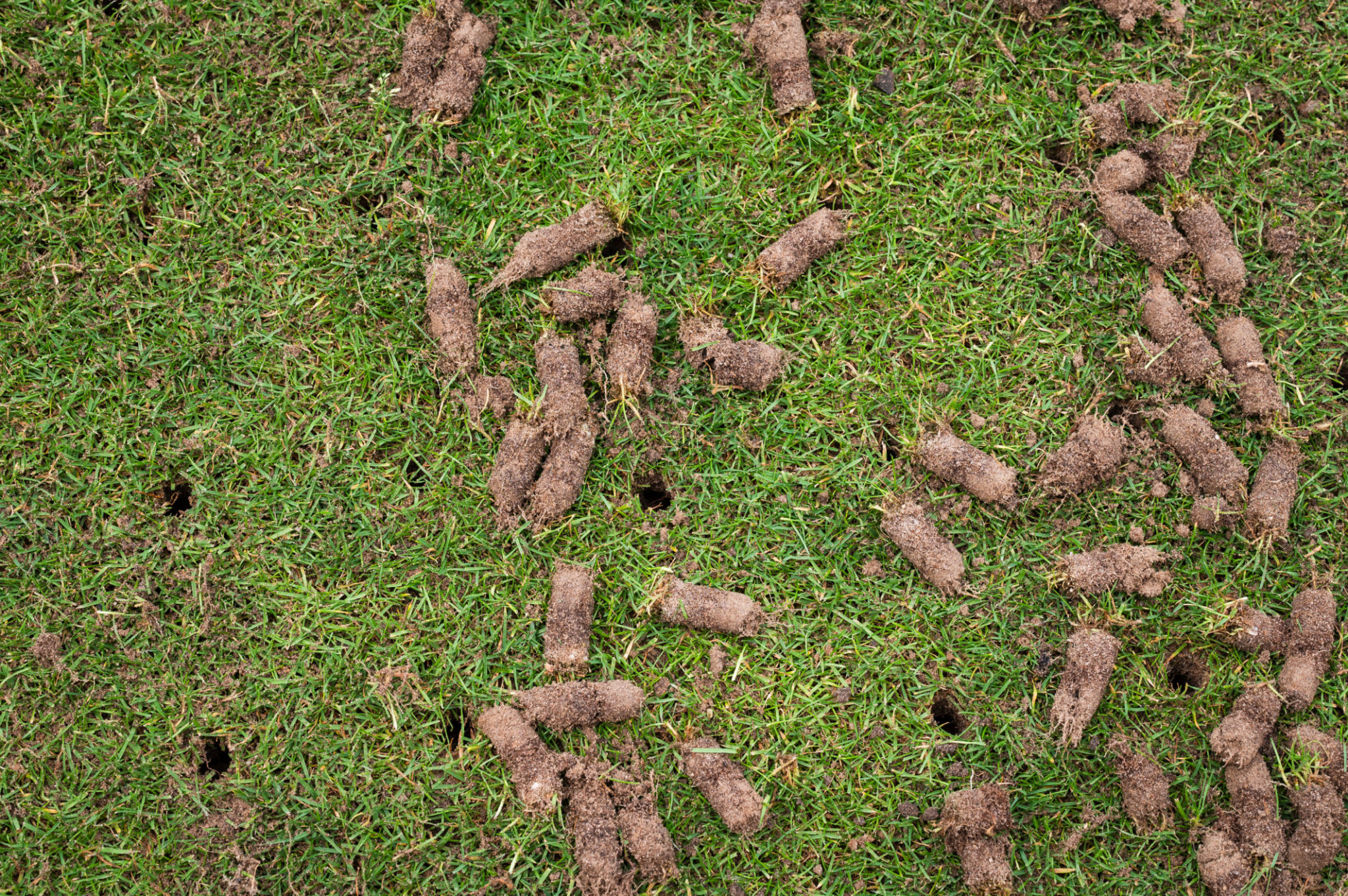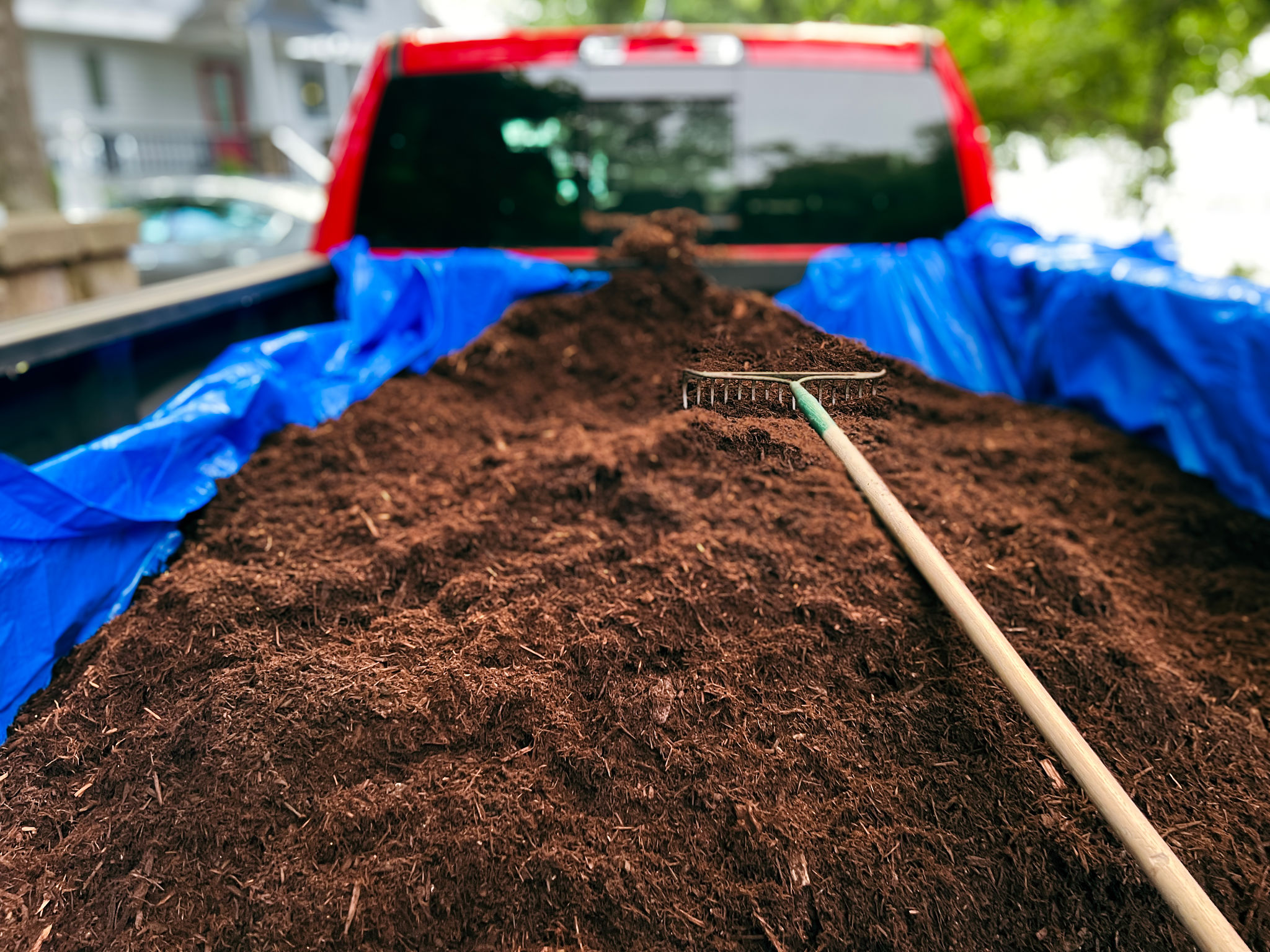The Importance of Aeration and Composting for a Healthy Lawn
Understanding Aeration and Its Benefits
A lush, green lawn is not just a feast for the eyes but also a testament to the care and maintenance it receives. Among the various practices that contribute to a healthy lawn, aeration stands out. Aeration involves perforating the soil with small holes to allow air, water, and nutrients to penetrate the grass roots. This process helps the roots grow deeply and produce a stronger, more vigorous lawn.
Over time, soil can become compacted, especially in areas with heavy foot traffic. Compacted soil prevents essential elements from reaching the root zone, stifling grass growth. Aeration alleviates soil compaction, allowing your lawn to breathe and absorb nutrients more effectively.

Typically, lawns should be aerated once a year, though more frequent aeration may be necessary for high-traffic areas. Fall is often considered the best time to aerate cool-season grasses, while warm-season grasses benefit most from aeration in late spring or early summer.
The Role of Composting in Lawn Health
Composting is another crucial practice for maintaining a healthy lawn. It involves decomposing organic material into a nutrient-rich soil amendment. Composting not only reduces waste but also enhances soil fertility and health by introducing beneficial microorganisms.
By applying compost to your lawn, you can improve soil structure, increase moisture retention, and provide essential nutrients that encourage healthy grass growth. This natural fertilizer is an excellent alternative to chemical fertilizers, which can sometimes damage the environment or pose health risks.

To start composting, you can use kitchen scraps like vegetable peels, coffee grounds, and eggshells, as well as yard waste such as grass clippings and leaves. Ensure that your compost pile is well-aerated; turning it regularly will help speed up the decomposition process.
Steps for Effective Lawn Aeration
Aerating your lawn is a straightforward process, but following a few basic steps can maximize its benefits:
- Determine if your lawn needs aeration by checking for compacted soil or sparse grass growth.
- Choose the right time based on your grass type and climate.
- Water your lawn thoroughly one day before aerating to soften the soil.
- Use an aerator tool to create holes evenly throughout your lawn.
- After aeration, apply compost or fertilizer to enhance nutrient absorption.

Tips for Successful Composting
Creating a successful compost pile requires attention to certain details. Here are some tips:
- Aim for a balanced mix of green (nitrogen-rich) and brown (carbon-rich) materials.
- Keep the pile moist but not waterlogged.
- Turn the pile regularly to maintain airflow and speed up decomposition.
- Avoid adding meat, dairy, or oils to prevent attracting pests.
The Combined Power of Aeration and Composting
When used together, aeration and composting can transform your lawn into a vibrant and healthy ecosystem. Aeration allows for deeper penetration of nutrients, while composting provides those nutrients in a natural and sustainable manner. Together, they create a robust foundation for grass growth.
By investing time in these practices, you're not only enhancing the beauty of your lawn but also contributing to a healthier environment. The benefits of aeration and composting extend beyond aesthetics—they promote biodiversity, reduce water runoff, and improve soil health.